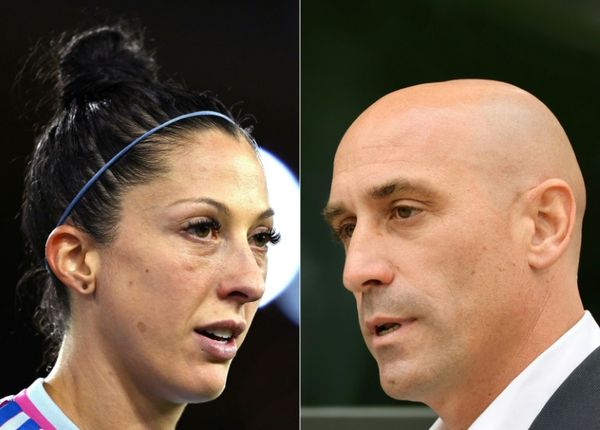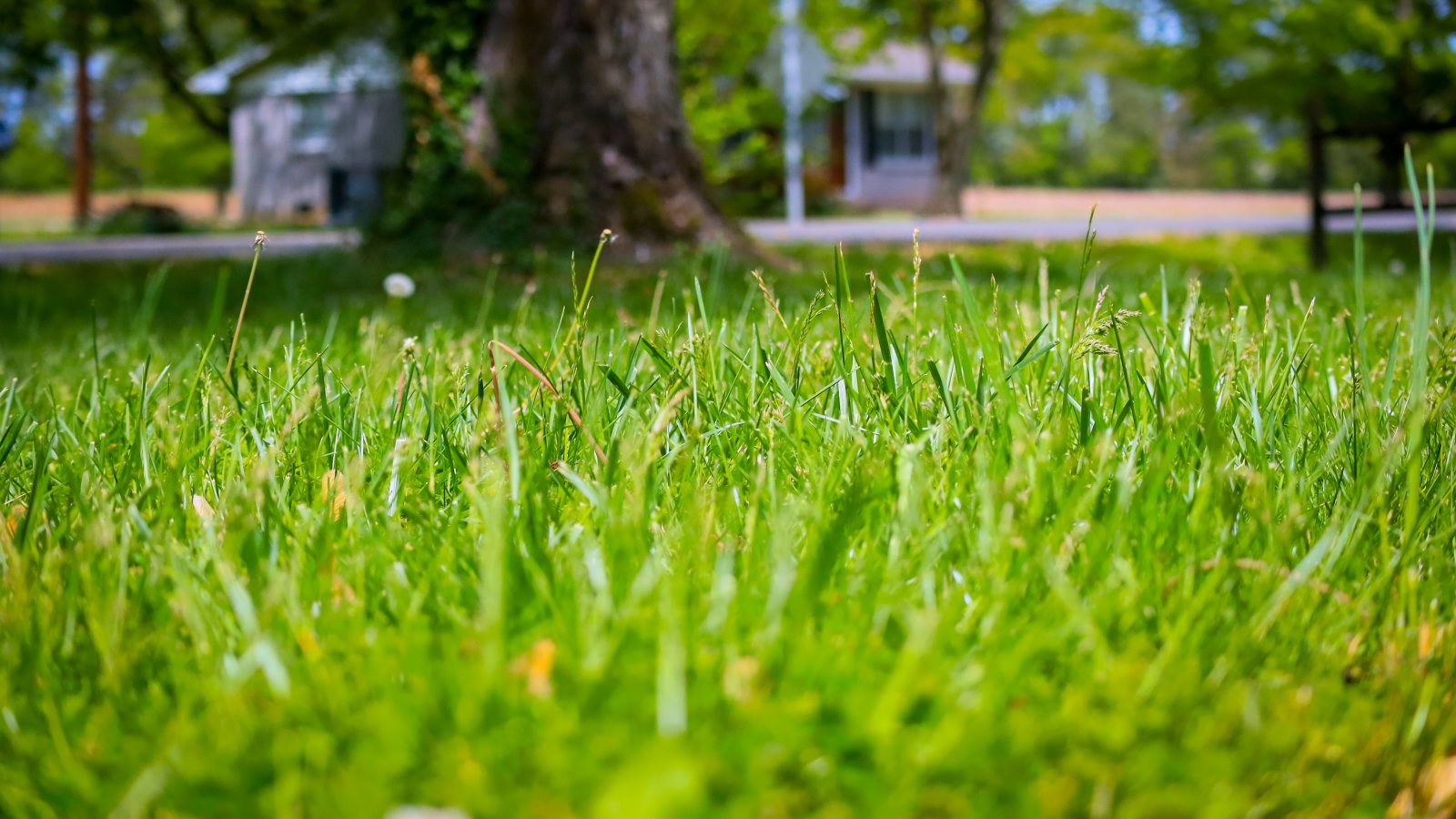
You may see your lawn yellowing in winter for one of many potential reasons, but should it always be a worrying sight to see?
The sight of a lawn yellowing in winter may be demoralizing if you have put countless hours into lawn care and take pride in the appearance of your turf. Sometimes it can simply be put down to dormancy, but other times underlying issues can be stressing the grass.
I was involved in year-round lawn maintenance in large gardens in the UK. I also spoke to an experienced lawn care expert to reveal why you may see a lawn yellowing in winter, along with the best tactics to put into place to ensure it recovers once the temperatures rise.
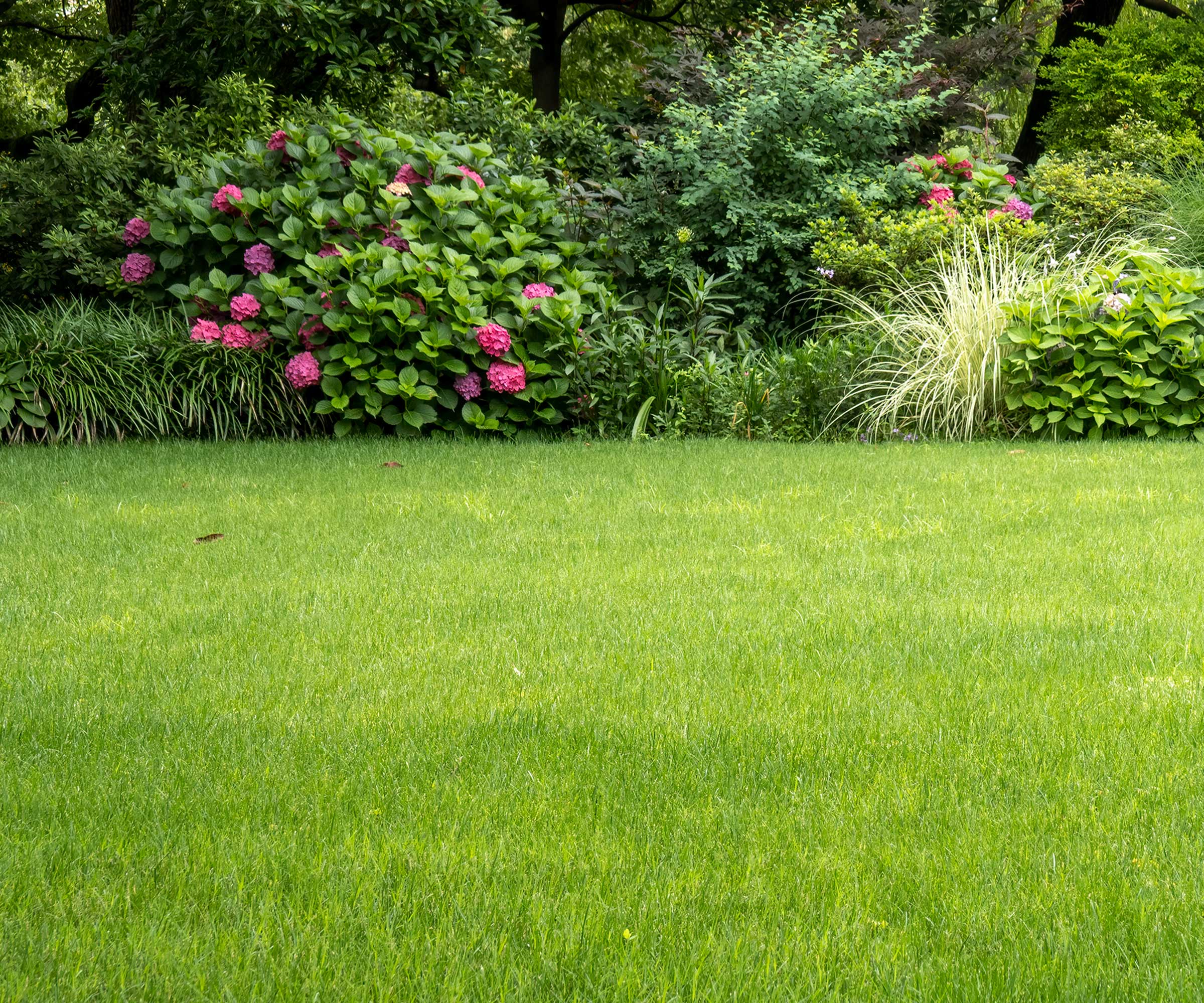
A yellowing lawn in winter - should you worry?
The sight of a yellow lawn can be frustrating, and potentially worrying, at any time of year. But what is it during winter that causes this issue to arise?
What causes a yellow lawn in winter?
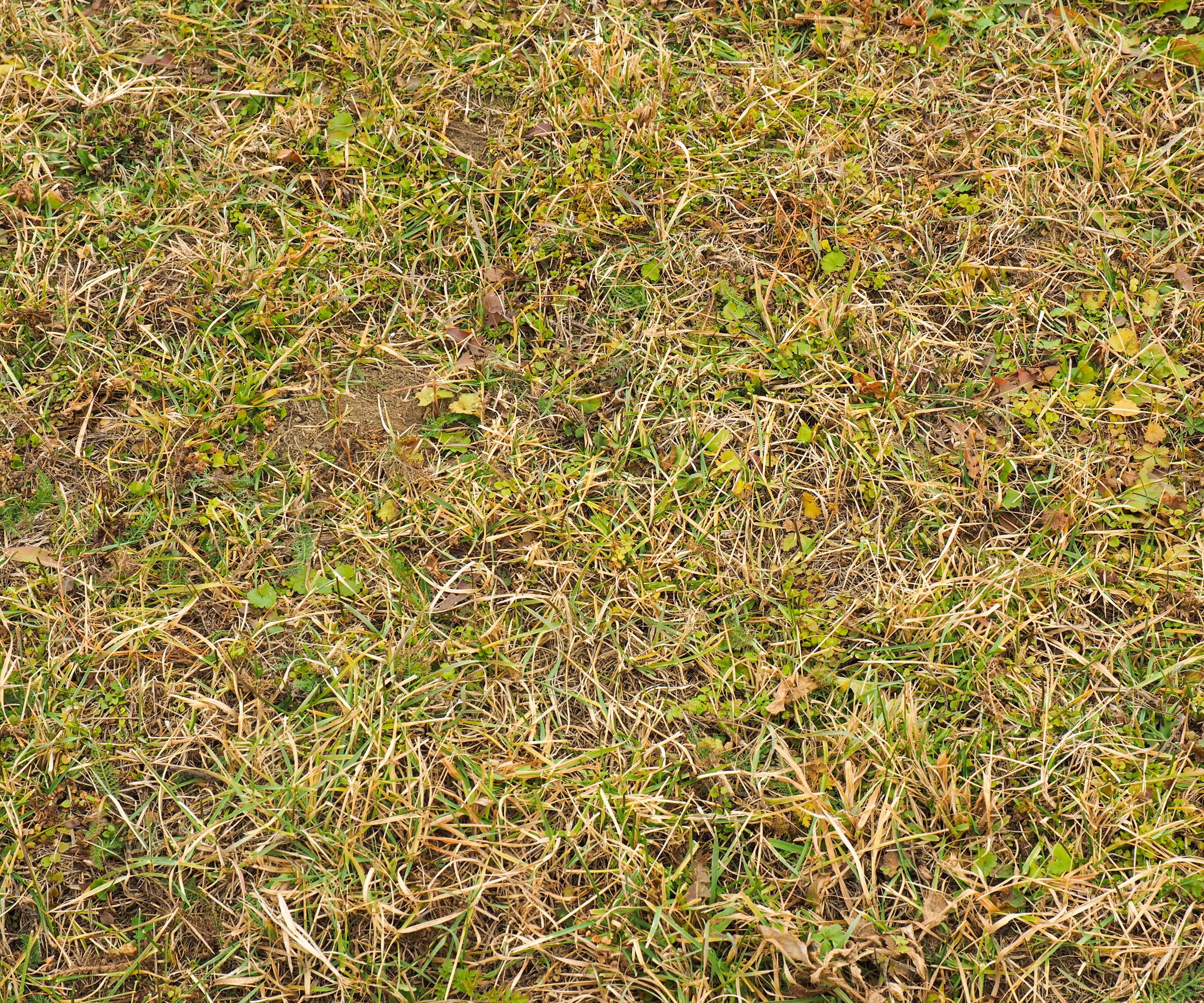
A yellowing lawn in winter does not always indicate a major problem. Yellow leaves can be a sign that the lawn is under stress, but they may also be a natural process of the grass when they are present in winter.
‘Yellowing is common during winter,’ says Mark Marino, the owner and operator of Lawn Phix in Massachusetts. ‘Yellowing happens primarily because of dormancy, where the grass naturally slows its growth and conserves energy.’
Both cool and warm-season grasses can turn yellow when the temperature and light levels drop. Their natural inclination to take on a lighter tone during winter means it may not necessarily be worrying when you see the lawn yellowing in winter.
It is not always as simple as dormancy though and more concerning issues can cause the lawn to turn yellow. Soil compaction, nutrient deficiencies, fungal diseases, or excess thatch and moisture in the ground can all be factors in lawns yellowing in winter.
Excess moisture in the ground, which can cause a waterlogged lawn in extreme circumstances, can be caused by a poorly-draining soil type, storms, or a burst pipe underground. Too much water can suffocate the grassroots and the lawn loses its color.
Fungal issues, including snow mold and red thread disease, are prevalent in winter and have yellow grass among the symptoms to look out for.
When you notice the lawn yellowing in winter, it is time to look for potential root causes. The size and spread of the affected areas could be an indicator. For example, the whole lawn turning color will likely indicate dormancy but if it is contained to certain patches this may point towards another issue.
If the lawn feels very wet underfoot it may indicate stress caused by too much moisture in the soil. The overall health of patches can be checked by pulling out small sections to check the roots. Dead grass will come out easily and not have a healthy set of roots, which may indicate a bigger problem.
How to help a yellowing winter lawn recover
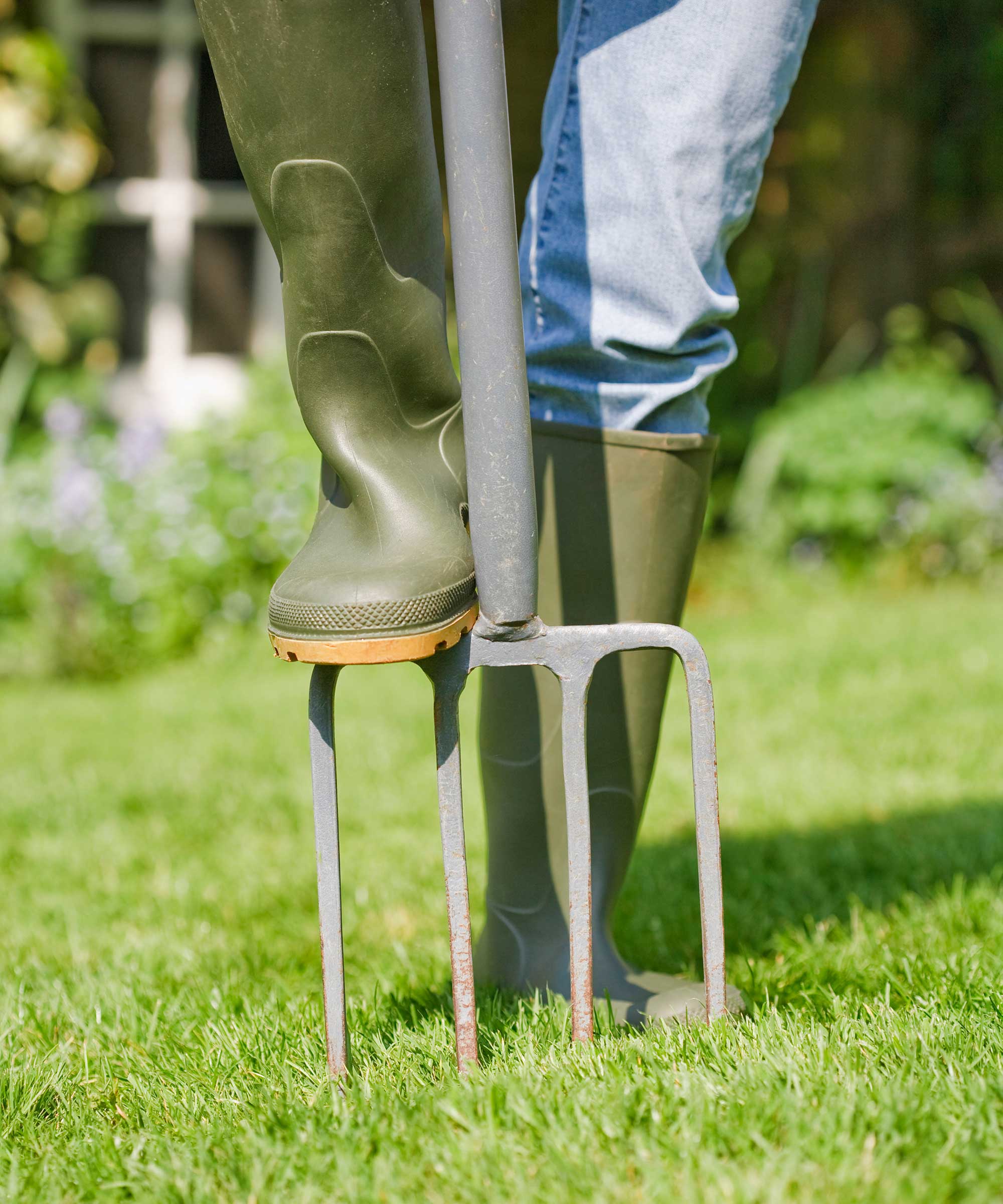
Simple steps can be taken to help a yellow lawn perk back up post-winter and reward you with a green and thick lawn to enjoy come summer.
It is important not to make the problem worse and cause more issues over winter, such as walking on frozen grass as it snaps the blades and compacts the soil - which can cause yellow patches in the lawn come spring.
‘In most cases, a lawn will recover as temperatures warm up and the grass wakes up from dormancy,’ says Mark Marino. ‘To encourage recovery, apply a slow-release fertilizer in early spring along with your pre-emergent application, and ensure proper watering and mowing practices. ‘
Aerating the lawn and dethatching in both spring and fall will help to avoid moisture build-up in the soil and improve the flow of air and nutrients through the lawn, which will help to prevent issues with excess moisture and yellowing grass in future years. Along with aeration, you can improve the garden drainage to prevent standing water, avoid suffocated grassroots, and mitigate issues from fungal diseases by adding a French drain.
A good fall lawn care routine, which includes aerating, scarifying, overseeding, and fertilizing the lawn can prepare the grass for the colder months ahead. A winter lawn fertilizer should be applied in the fall to prepare the lawn for winter and provide a quick dose of nutrients before the temperatures drop.
An easy-to-apply winter lawn fertilizer to help lawns survive the stress of winter, which contains controlled release nitrogen and iron for deep greening.
FAQs
Will yellow grass go green again?
Yellow grass can be restored to its green color by fixing any issues causing the symptoms. There can be many reasons why grass turns yellow, including too little or too much water, under or over-fertilizing the lawn, lawn diseases, and pests. Correcting the underlying problems and establishing a good lawn care routine can help yellow grass turn green again.
Is grass dead when it turns yellow?
A lawn can turn yellow for many reasons and that does not mean the grass is dead if it happens. It can be that the lawn is dormant and will recover naturally or under stress, which can be fixed with the right care. Dead grass tends to be brown, rather than yellow.
To avoid damaging the lawn in winter, do not mow during the cold season as cutting frozen or wet grass will harm it. Don’t make that winter lawn care mistake and start mowing the lawn in spring once the temperatures get over 50˚F and the grass reaches at least three inches tall.
